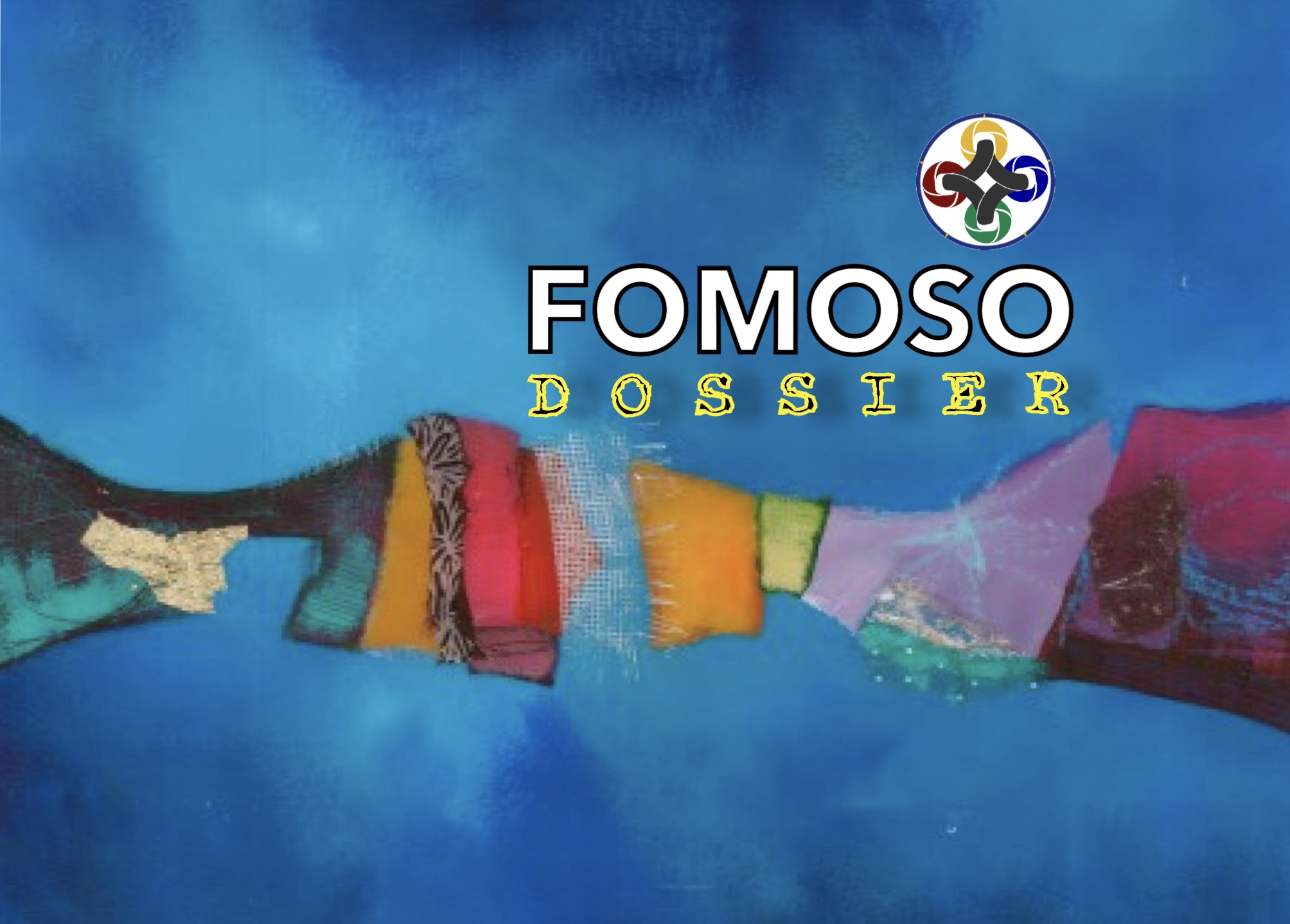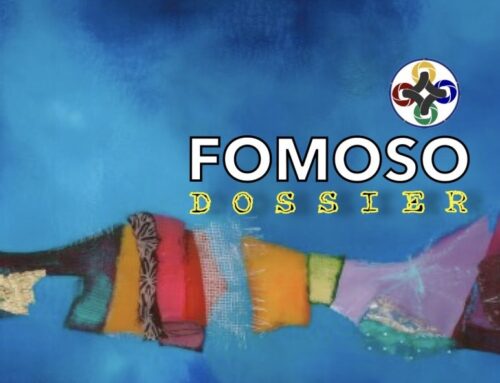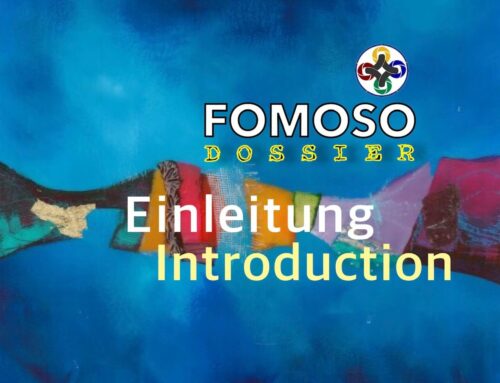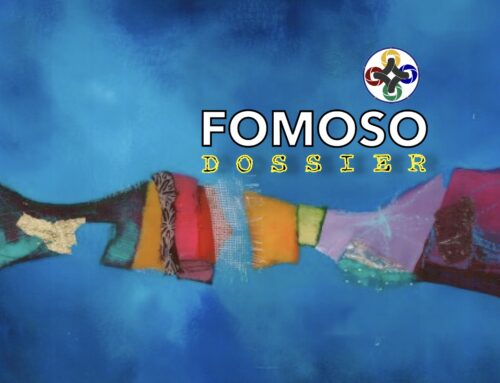Elsa Pacella
“Central Europe is not a state: it is a culture or a fate. Its borders are imaginary and must be drawn and redrawn with each new historical situation.” [1]
The ethnicity as such is usually the factor which triggers the struggle to establish the political importance of the nation-state.
The new Central and Eastern European nation-states were characterized by the presence of diversity becoming evident at the end of the wars. The multiculturalism was the product of some developments which occurred in the history and led to a Europe drawn by borders which were politically and ethnically diverse. Beyond the events which contributed to the problems of diversity, the World War I concluded with a difficult situation in which some populations, belonging to minority groups, resulted to colive and coexist with a majority group.[2] The protagonist of the dramatic consequence was the outbreak of ethnic conflicts, for a while faded with the emanations of the treaties issued by the League of Nations. Initially, conflicts arose in order to eliminate those minorities who were suffering from the abuses in the state where they had to live. Removal of the minorities consisted in forcing people in be expelled from the country. At the end of the Second World war several minority groups were “transferred” from Central Europe as Wolff observes:
Approximately 11 million Germans from Poland, Czechoslovakia and today’s District of Kaliningrad in the Russian Federation, who were expelled or fled to Germany. Another 500,000 ethnic Germans from Hungary, Romania, and Yugoslavia who were expelled or fled to Germany. Over 500,000 Ukrainians and Belarusians expelled from Poland to the Soviet Union. Over two million Poles expelled from the Soviet Union to Poland. About 75,000 ethnic Hungarians and 75,000 ethnic Slovaks who were exchanged between Hungary and Czechoslovakia. Several thousand Italians who fled or were expelled from Yugoslavia. In addition, about three million Poles were internally transferred to resettle in areas from which the Germans had been removed; and a significantly smaller number of Czechs was resettled within Czechoslovakia for the same reason.[3]
Claims to national self-determination were initially perceived “as a framework for integrating divided or oppressed nations” [4] and turning soon into a “dividing factor and a source of sharp discriminations between inclusiveness and exclusiveness when the access to the economic, social, and cultural rights was in question”[5]. It is under these circumstances that minority groups are forcibly used as instrument of expansion of the neighboring.
Inevitably, the concept of national self-determination can bring to conflicts, war, genocides or ethnic cleansings.[6] This has been the case of Central and Eastern Europe and Balkans, which suffered from these dynamics during the 20th century.
Historical Background
“For centuries, the Czechs lived with the Germans not only as their immediate „external“ neighbors who on three sides, but also as their „internal“ neighbors, sharing the territory of the Bohemian Principality, an independent kingdom since the thirteenth century, but politically and culturally closely connected to the German Empire. Moreover, this close geopolitical and cultural propinquity between the two peoples traditionally exposed the Czech state and its inhabitants, more than any other people in Central Europe, to the full impact of German universalism.” [7]
Central and Eastern Europe has always been a melting pot of different cultures and nationalities and it is what has been made unique this part of Europe. However, it is also true that it is such diversity that has usually led to provoke conflicts and to be subjected to the domination of other nations.
In the heart of Central and Eastern Europe, there was once a state, Czechoslovakia, which has been a unique state until 1992. Born from the dissolution of the Habsburg Empire, Czechoslovakia was composed of two nations, the Czech Republic and Slovakia, bringing together two populations, languages and different history but nevertheless, the certainty of sharing a common culture.
As matter of facts, the populations under the state of the Czechoslovakia were at the beginning three. Indeed, there was a prominent minority of Germans, the Sudetes, who were inhabiting parts of Bohemia, Moravia and Silesia. Similar to the Yugoslav case, such minority group was at the center of difficult coexistence and the result of the winners of the wars who redesigned a map according to the principle of nationality and inevitably provoked the creation of new conflicts.
This new nation, with a population of about 13.5 million, was one of the world’s ten most industrialised states.[8] On the opposite of Slovakia, where agriculture was the predominant sector, the Czech lands were more industrialised, with the heavy industry located in the Sudetenland and owned and controlled by Germans.[9] Gawdiak describes the Sudetenland as “the most intractable nationality problem in the interwar period”.[10]
During the first years of the republic, notably in 1920, Sudeten German nationalist sentiment started to become evident, mainly due to czechoslovak-isation carried out by the government to settle Czechs in the areas inhabited by the Sudeten Germans in order to protect Czechs’ rights. German aggression in Central and Eastern Europe officially started in 1933, when Hitler became Chancellor of Germany. Inevitably, soon after the Austrian Anschluss, he turned his attention to the territory of Sudetenland, using the Sudeten German as pretext to occupy Czechoslovakia’s highly industrialised area.[11] Britain and France, which wanted initially to avoid the conflict, signed the Munich Agreement on September 29, 1938, through which Czechoslovakia ceded the Sudetenland to Third Reich. Consequently, in March 1939, the Nazi occupied Bohemia and Moravia which led to the independence of Slovakia and to a 6-years of horrible Nazi occupation of the Czech lands.[12]
“For the Czechs of Bohemia and Moravia, German occupation was a period of brutal oppression, made even more painful by the memory of independence and democracy. Legally, Bohemia and Moravia were declared a protectorate of the Third Reich and were placed under the supervision of the Reich protector, Baron Konstantin von Neurath. German officials manned departments analogous to cabinet ministries.”[13]
After the collapse of the Nazi regime after the WWII, Beneš, president of the Czechoslovakia (which was newly unified), issued a series of decrees, known
as Beneš decrees, that imposed expulsion of Germans from Czechoslovakia, marking a brutal time for the Sudeten Germans and the deterioration of the German-Czech relations.
Outcome of the dispute
“One of the many weighty, non-existent problems which trouble us, is the Sudeten question. It doesn’t exist, because the Sudetenland as a legal concept no longer exists; it doesn’t exist, because there is nothing to solve; it doesn’t exist because it was laid to rest by official documents signed by long-dead men of power. There is nothing to solve, but there is much to think about.”[14]
The dispute came at end in December 1973, when West Germany signed a treaty, recognising the post-wars borders of Czechoslovakia and accepting the loss of the Sudetenland.
Many improvements and initiatives have done in order to restore the German-Czech relations and to overcome the brutality inflicted by both parties. In 1990, Vaclav Havel stated: “Six years of Nazi rule was enough, for example, for us to have allowed ourselves to be infected with the germ of evil. We informed on one another, both during and after the war; we accepted – in just, as well as exaggerated, indignation – the principle of collective guilt. Instead of giving all those who betrayed this state a proper trial, we drove them out of the country and punished them with the kind of retribution that went beyond the rule of law. It was revenge.”[15]
Similarly, in 1997 the German and the Czech Republic parliaments signed a joint declaration which was aimed at reconciliation. Certainly, the “dream of Europe” and willingness to join the European Union has played an important role in putting the efforts to lay the foundations for a durable peace with Germany.[16]
For years, such conflict could not be resolved because of the different interpretation of the events from both German and Czechs: “For Czechs, the ‚transfers‘ and ‚deportations‘ (odsun in the official Czech parlance) were long regarded as the justifiable and legal removal of a group of people who had proven themselves traitorous. To Germans, the ‚expulsions‘ (Vertreibung) were illegal, inhumane, and an act primarily of revenge, not justice.”[17]
From the study of Frantisek Zich, who conducted different surveys since 1990 to explore the attitude of people living along the German-Czech border. Notably, he reported that the image of Germans in the minds of the Czech people of the Borderland is generally more positive than the opposite.
[18]Finally, Germans and Czechs have shared a thousand-year-old relationship, and the conflicts that occurred years ago, it was a consequence of political and economical interests of politicians who were just on the point to destroy that coexistence and diversity that is typical for Central Europe.
Quellen:
[1] Kundera, M., The tragedy of Central Europe, 1984
[2] Wolff, S., Ethnopolitics in Central and Eastern Europe: Accommodation through De-ethnicisation?, 2002.
[3] Ibidem
[4] Bianchini, State-building and Nationalism in Eastern Europe, Lecture Notes 2014-2015
[5] Ibidem
[6] Ibidem
[7] Hauner, Czech and Germans: Yesterday and Toda, 1991.
[8] Gawdiak I., Czechoslovakia a country study,1989.
[9] Ibidem
[10] Ibidem
[11] Ibidem
[12] Huth, Allee, The Democratic Peace and Territorial Conflict in the Twentieth Century Cambridge University Press, 2002.
[13] Gawdiak I., Czechoslovakia a country study,1989.
[14] The Legal and Historical Bases of the Sudeten German Question, Whitehall Papers, 1996.
[15] Vaclav Havel, Prague, 15 March 1990.
[16] Kopstein, The Politics of National Reconciliation: Memory and Institutions in German-Czech Relations since 1989
[17] Ibidem
[18] Zich, Germany and the Germans in the Attitudes of People Living on the Czech-German Border, 1998.




